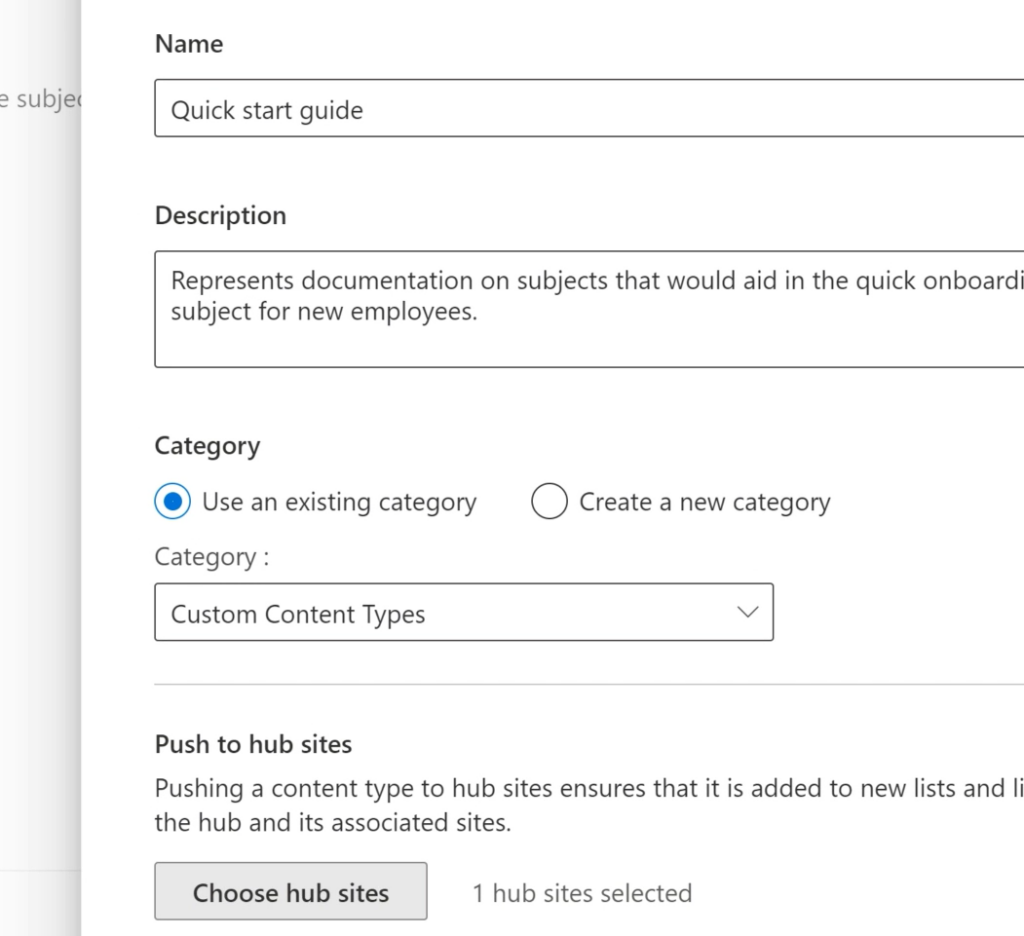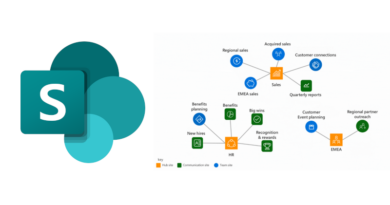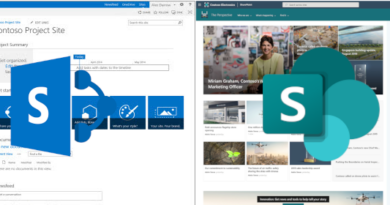Faster content type propagation using SharePoint Syntex
The content type gallery is a great way of publishing content types to sites in your SharePoint Online tenant. However, a well known limitation is how long it takes for those content types to appear in your sites after they have been published. In fact, some have said this can take as long as 72 hours. It’s worth noting that the content type gallery is in fact powered by a content type hub (CTH) and therefore some of the limitations the CTH had also apply to the gallery. This can be a bit of an issue if your end users are creating sites often and need to use those content types immediately after site creation, since those content types may not appear in the new site for hours. Until recently, there wasn’t very much you could do about this in SharePoint Online other than creating your own custom content type provisioning service. In this post, I would like to talk about a new feature introduced with SharePoint Syntex.
Push content types to a Hub site
SharePoint Syntex has introduced the ability to push a content type to a hub site. By pushing a content type to a hub site, the content type will become available in the hub site and all sites connected to the hub. Sites connected to the hub will have these content types in minutes rather than hours. The first time you publish your content type to a hub site, it can take up to an hour for it appear but after that it’s smooth sailing. This is a huge improvement and a massive step forward for content type management using the content type hub (via the modern content type gallery).
Once you’ve setup SharePoint Syntex, you should see a new option when clicking “Publish” in the content type gallery.

Potential benefits
1. Site provisioning process
Many organisations have a site provisioning process for end users. Often this is to ensure that new sites have a particular site design applied or that certain libraries are created with each new site. A very common requirement is that the organisation’s content types are added to the site as part of this process. In the past, this would have been a problem. The new site would be created but wouldn’t be ready for user’s to use for hours since those content types hadn’t yet been synchronised from the content type gallery. Organisations will only need to create the site and then connect it to a designated hub with this new feature. The content types will appear in the new site within minutes.
2. Improved metadata adoption
Faster content type propagation means users aren’t waiting around for their content types to appear and will ensure that they aren’t uploading the document using the default “Document” content type. This could avoid documents appearing in your environment that do not have the correct content type.
3. Migration
If you’re migrating a content type hub from SharePoint on-premises, this could help you ensure that content types are available as you provision target sites for migration.
What’s the catch?
You will need a SharePoint Syntex licence for this feature of course. Syntex does offer a lot of other great features so maybe getting a licence could be weighed against that. Though, I think fast content type management that utilises the CTH is worth the odd Syntex licence.
The future
It’s likely that we will continue to see improvements to the synchronisation times of the content type hub. With modern SharePoint utilising flat architecture, the importance of good content type management will only increase.




